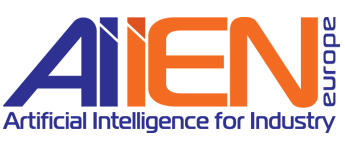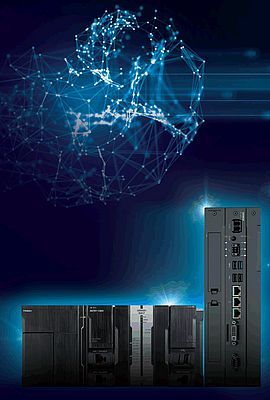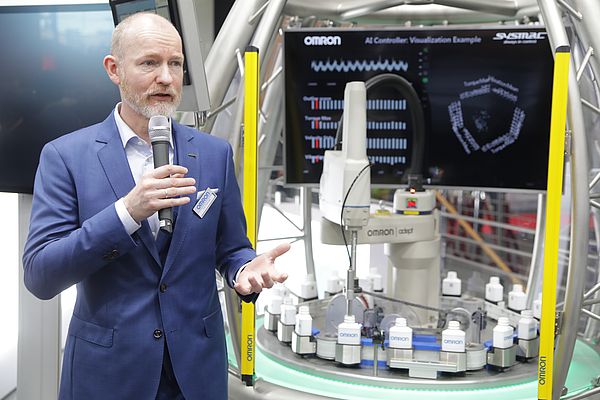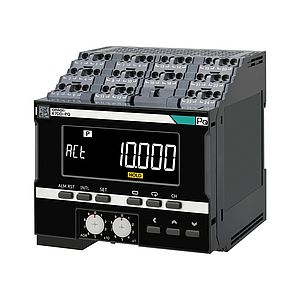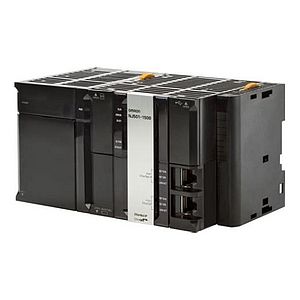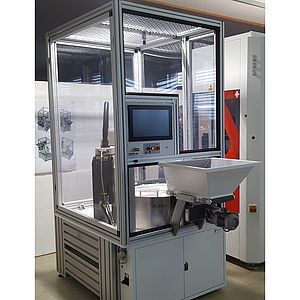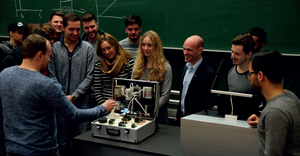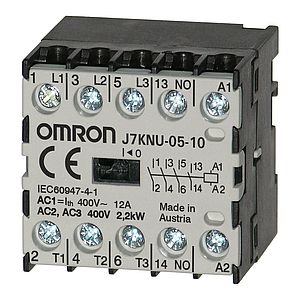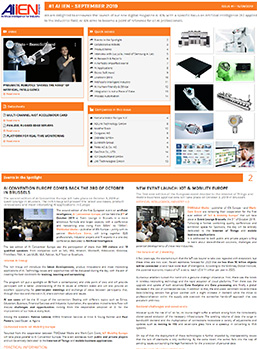Perfection is a controversial concept in our physical world. Certainty is far away from being our daily bread, and the more we strive to build a certain existence – made of guarantees, wellness, a healthy life style – the more we understand that we will never be sure of what can happen tomorrow. Only mathematics gives us certainty, but as soon as you go to the physical world things get immediately different and unsure. ‘’Many people think that the world is digital, but it’s not. The world will never become digital. It’s a physical thing not a mathematical thing, so you are never 100% sure,’’ claimed Dr. Tim Foreman, European R&D Manager at Omron Europe, just a few minutes after our introductory handshake. I met him at the last edition of Hannover Messe and we started a philosophical conversation about life, uncertainty and the role of the technological progress. The conclusion: You can buy whichever insurance you want, but you will never be 100% sure to have things under control!
PHYSICAL UNCERTAINTY VS MATHEMATICAL CERTAINTY
‘’We can decline the same concept in the industrial world. With vision cameras for quality control, you can detect if, for instance, something is missing. But with vision camera you can also get false negative or false positive: You are never 100% sure of the result that you get,’’ said Dr. Foreman, who also mentioned Artificial Intelligence as a powerful ‘’remedy’’ that the world is trying to exploit to respond to uncertainty: ‘’With AI, we try to predict or classify physical processes with the best possible accuracy, but we should always bear in mind that neither AI can give 100% certainty: it’s impossible. Only mathematics has such a degree of certitude.’’
When we speak about Artificial Intelligence, we think that we are just at the beginning, as many consequences – from ethics to long-term sustainability – are still unknown, but that’s not true, as the mathematics for AI was invented 70 years ago. What’s new today is that machine technology is becoming powerful enough to really calculate mathematics. ‘’Thanks to this, there has been a huge technology push in the last years to generate more powerful devices that everybody wants to buy. The result is that prices are going down,’’ explained Dr. Foreman.
In other words, today customers can get smart functionalities, that makes it easier to do mathematics in a reasonably fast time, at the old same price. ‘’In ten years we will be able to add other functionalities to the machine and be even faster, reaching 99.99% certainty of the results that we get. 100% is never possible,’’ added Dr. Foreman.
That’s bad news for all the people who are not ready to accept uncertainty. Certainty is fake: In real life we always have surprises.
THE THREE «I»
Based on its reservoir of advanced technologies and comprehensive range of devices, Omron set forth a strategic concept called ''i-Automation'' or "innovative-Automation" consisting of three innovations or «i's». ‘’’i-Automation’ means that we want to help customers use all equipment easily and in an integrated way. Therefore, the first «I» stands for ‘Integration’,’’ said Dr. Foreman.
The second «i» means ‘’interactive’’, since Omron is committed to offering solutions where machines and people can interact in the best possible way and in harmony. ‘’People and machines are working closely together and are supporting each other. This can sound a little bit fake, but with our tennis table robot trainer, for instance, we have a machine which is actually helping operators improve their skills,’’ illustrated Dr. Foreman. We saw the robot trainer at Hannover Messe and the principle is very simple: The machine starts at a speed that the operator can follow. When the operator improves, the machine gets a little bit faster.
AN EXAMPLE OF HARMONY
The goal here is not only to make beautiful machines but also to interact with the operator in a way that the machine understands what it can learn from the operator and how it can be a better tool for the operator. ‘’The robot is learning from the human and the human is learning from the robot. Our tennis robot trainer can also give advice to the operator like anyone else more experienced would do in the same situation, refining its skills by learning from users who had a very good result. Machines can really help increase knowledge,’’ said Dr. Foreman.
And what about the third «i»? The third «i» stands for ‘’intelligent’’. And that’s where AI comes into play.
TELLING THE AI STORY
AI is a new way of thinking and people need to be guided to adapt to it. At Hannover Messe, Dr. Tim Foreman was responsible to tell the ‘’Artificial Intelligence story’’ at Omron’s booth. Some of the members of Dr. Foreman’s team developed the products showcased and were there to help customers understand how to use this intelligent technology. ‘’I’ve never seen a perfect machine. Machines are always predictable in 95% of cases but there is always something unexpected. Now that people are used to the fact that machines are not perfect, they know that if they want to improve, they have to use new technologies based on digitalization and AI,’’ he explained. Smart technologies are able to control the machine and to measure and analyze data at the same time. This way, the machine builder can identify a broad number of signals and monitor them in real time.
Omron’s upgraded demonstration of a bottle filling machine with AI controller, which adds real-time AI functionality to monitor multiple signals simultaneously to detect potential faults and to determine the appropriate response. ‘’Every time we fill a bottle, for every signal that we are monitoring, we are able to get 5000 measurements. Thanks to these measurements, we can see what’s happening and if there is any abnormal activity,’’ illustrated Dr. Foreman.
PREDICTING THE FUTURE
If in 95% of the time a machine is predictable, there is a 5% possibility that something goes wrong. Predictive maintenance acts in that 5%. With technology such as the Bottle Filling Machine presented by Omron, you can see if something is going wrong and react within a timeframe that very short compared to getting the data from the machine, sending it to the cloud and analyzing it. It’s a real-time process. ''Questions of milliseconds,'' as Dr. Foreman said.
This means that as soon as the machine recognizes the problem, it reacts by skipping one or two bottles, instead of creating a quality problem and lose the entire production. The information collected by the machine can even be stored into a local database in order to have full traceability and access data even after years.
Data really seems to be at the heart of our contemporary technological revolution. Will this last forever? ''If the machine is designed in the wrong way, data won’t help,'' affirmed Dr. Foreman. A proper design with good combination between mechanics, electronics and software is essential. And, finally, Man created Data! But not the opposite: Never forget it!
Sara Ibrahim
